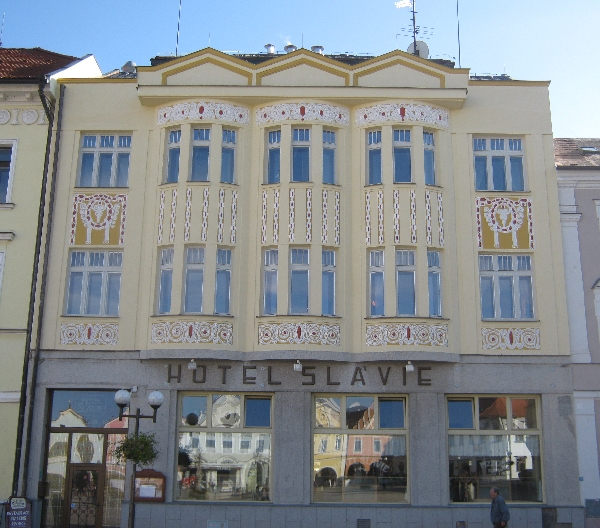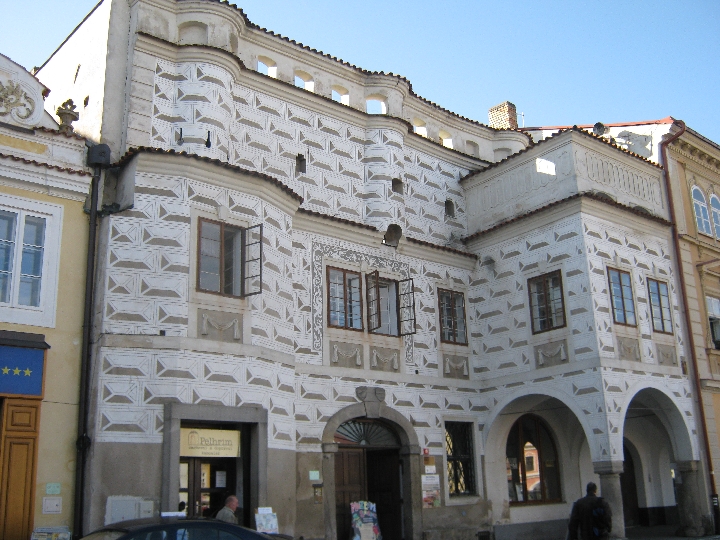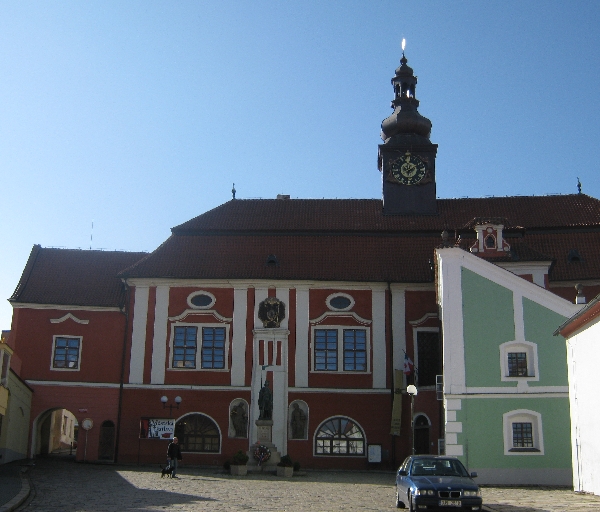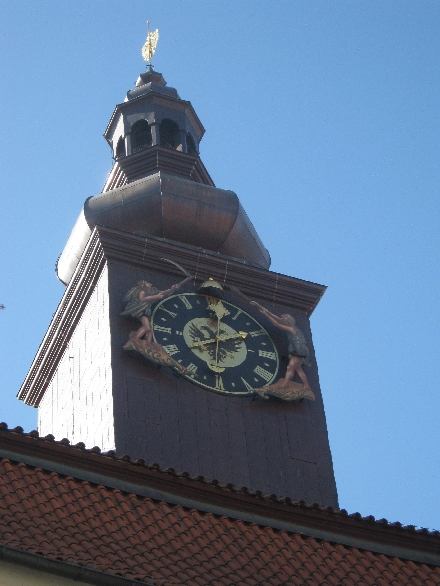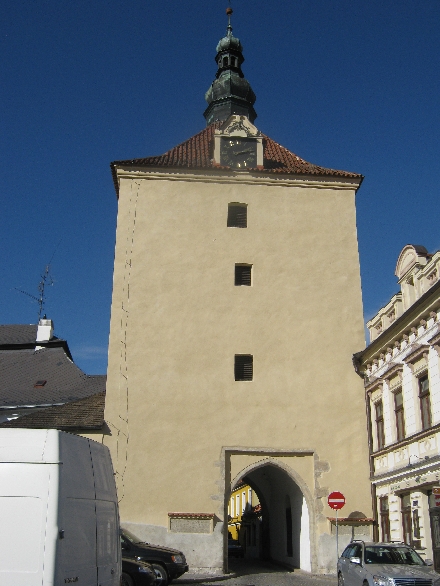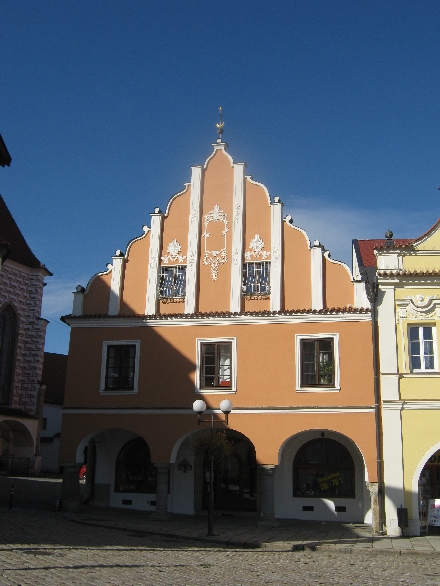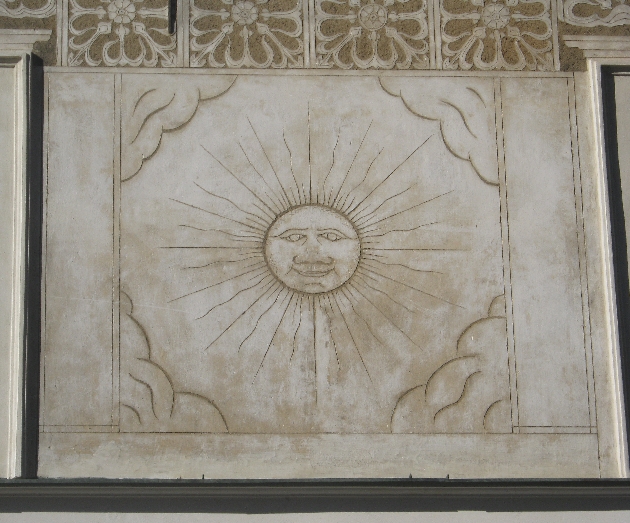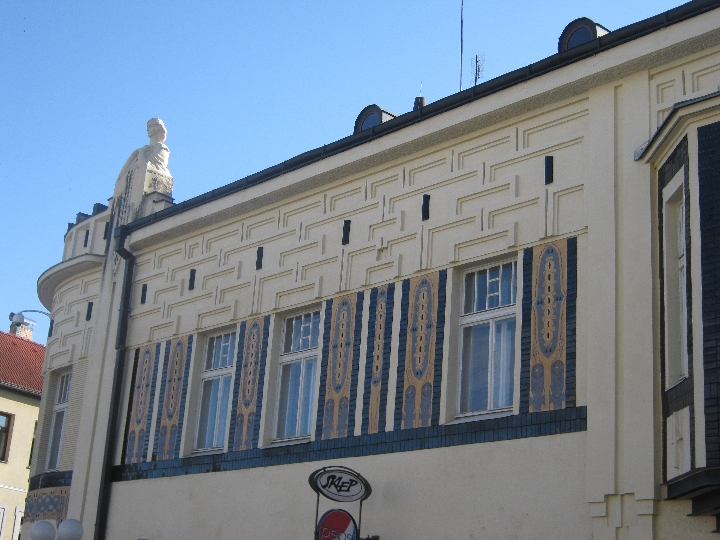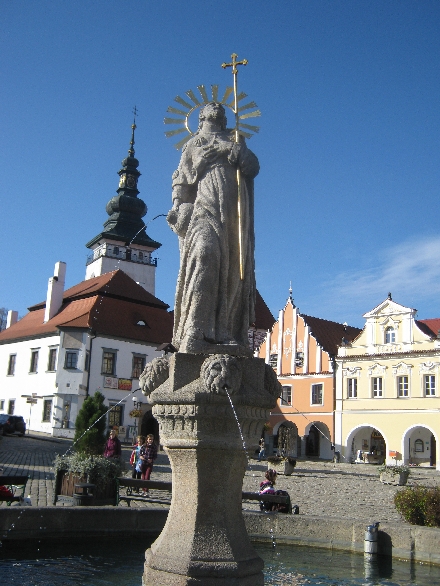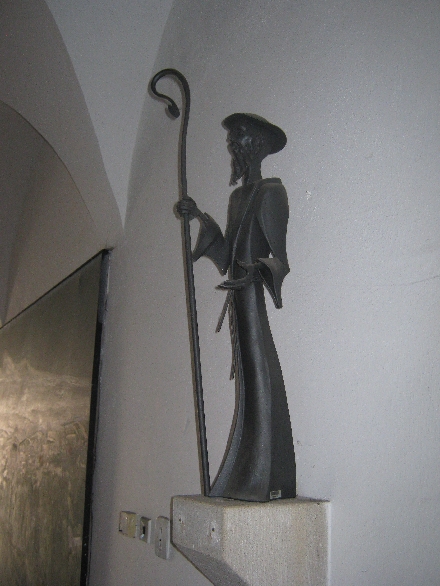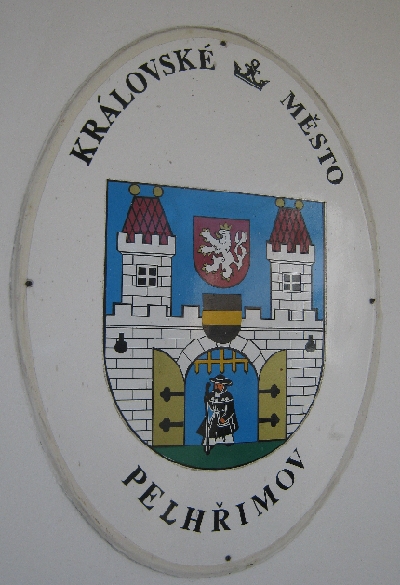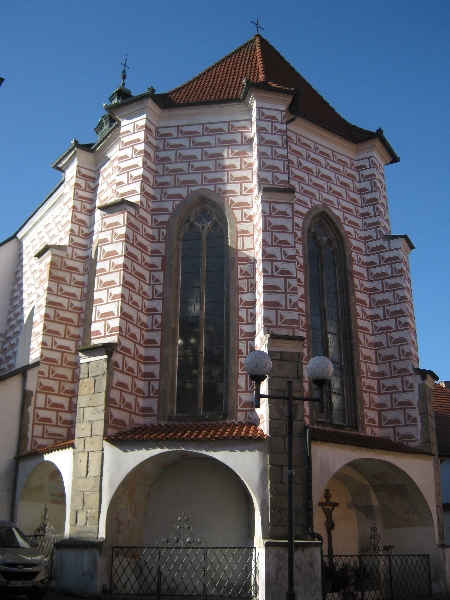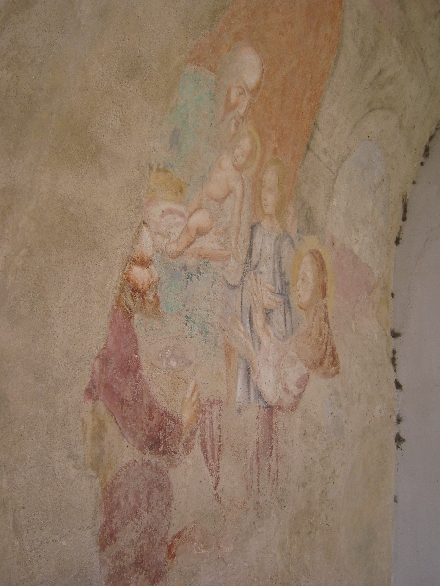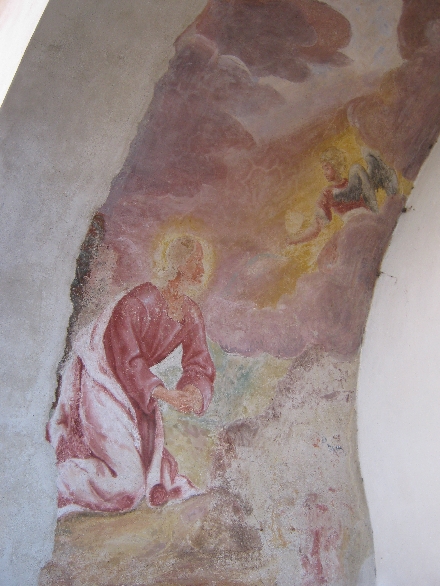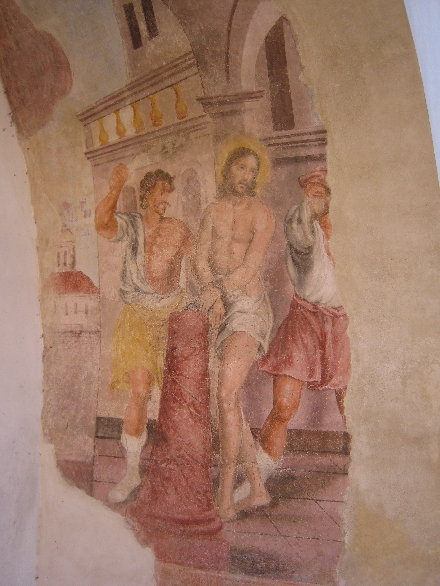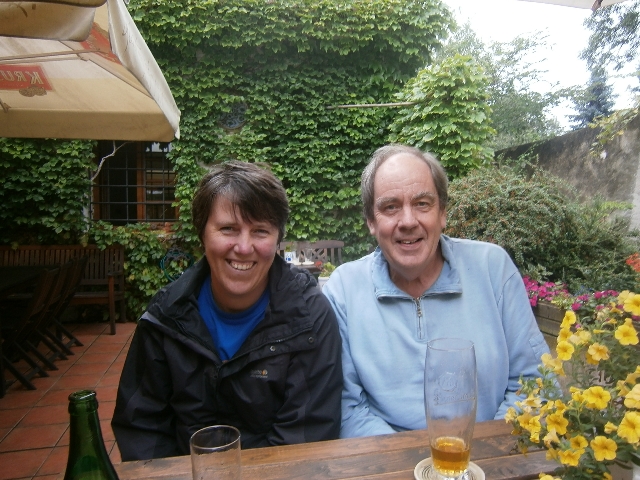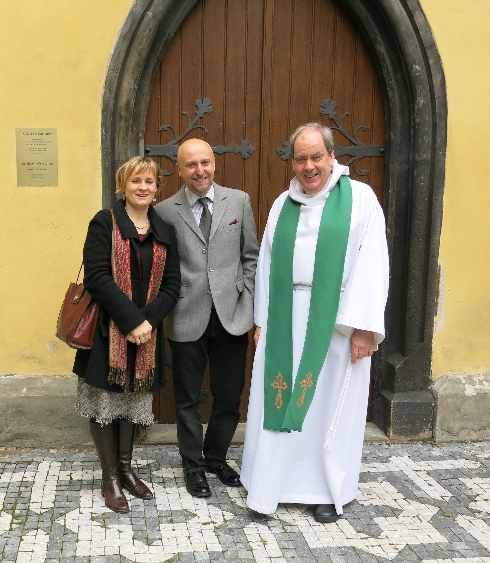
One Church of England adaptation of the Revised Common Lectionary, the three-year cycle of Bible readings that we and many Churches follow, provides an additional set of readings so that the Last Sunday after Trinity can be celebrated as Bible Sunday. This is to coincide with the Collect now set in Common Worship for the Last Sunday after Trinity.
Blessed Lord,
who caused all holy Scriptures to be written for our learning:
help us so to hear them,
to read, mark, learn and inwardly digest them
that, through patience, and the comfort of your holy word,
we may embrace and for ever hold fast the hope of everlasting life,
which you have given us in our Saviour Jesus Christ,
who is alive and reigns with you,
in the unity of the Holy Spirit,
one God, now and for ever.
Amen.
This Collect, with a slight modernisation of wording, is originally the work of Archbishop Thomas Cranmer and is the Collect set for the Second Sunday in Advent in the 1662 Book of Common Prayer. In times past, that Sunday was often celebrated as Bible Sunday.
The Last Sunday after Trinity is the Sunday immediately preceding the Feast of All Saints, celebrated on 1st November, after which we countdown through four Sundays before the beginning of Advent. Therefore in 2013, Sunday 27th October was the Last Sunday after Trinity – Bible Sunday.
Supported by the Chaplaincy Council, I decided this year, to mark and celebrate Bible Sunday and invited a Czech Guest Preacher, Alexander Flek. Like most Czech people, Alexander much prefers to be known by the diminutive version of his name – Saša.
Saša Flek has masterminded, overseen and helped translate, the Hebrew and Greek texts of the Bible, into modern Czech. The project has taken seventeen years, being completed in 2008. Entitled ‘Bible 21’, it has been a major publishing success in this otherwise agnostic/atheistic country. Work is currently under-way to translate the Apocrypha/Deuterocanonical books and thus totally complete the project.
Some eighteen months ago, Saša came and spoke to our Tuesday evening Study and Fellowship Group, basically giving his testimony of how he first came to Christian faith, and how he felt called by God to undertake this major Bible translation project. I thought it important that the wider congregation should have the opportunity to hear him speak and enthuse them about the importance of reading and understanding the Word of God.
You can now listen to Saša’s sermon by visiting this page of our Church website and then clicking in the appropriate place. Two things from what he had to say, still remain vividly in my mind. The first was right at the beginning of his sermon where he expressed his thanks for being invited to preach on Bible Sunday, but that he thought every Sunday ought to be ‘Bible Sunday’ 🙂 The second, was his likening of our attitude to the Bible, as being like our response when loading a new computer programme. We click the box, agreeing to the terms and conditions, without ever reading the small print.
Courtesy of Saša, together with the help of the Czech Bible Society, we had a display and sales table at the back of the Church, featuring Czech and English Bibles, including a couple of editions of bilingual Czech-English New Testaments. One of the benefits of this exercise was my discovery of the wide variety of English translations of the Bible available through the shop located at the Czech Bible Society headquarters.


